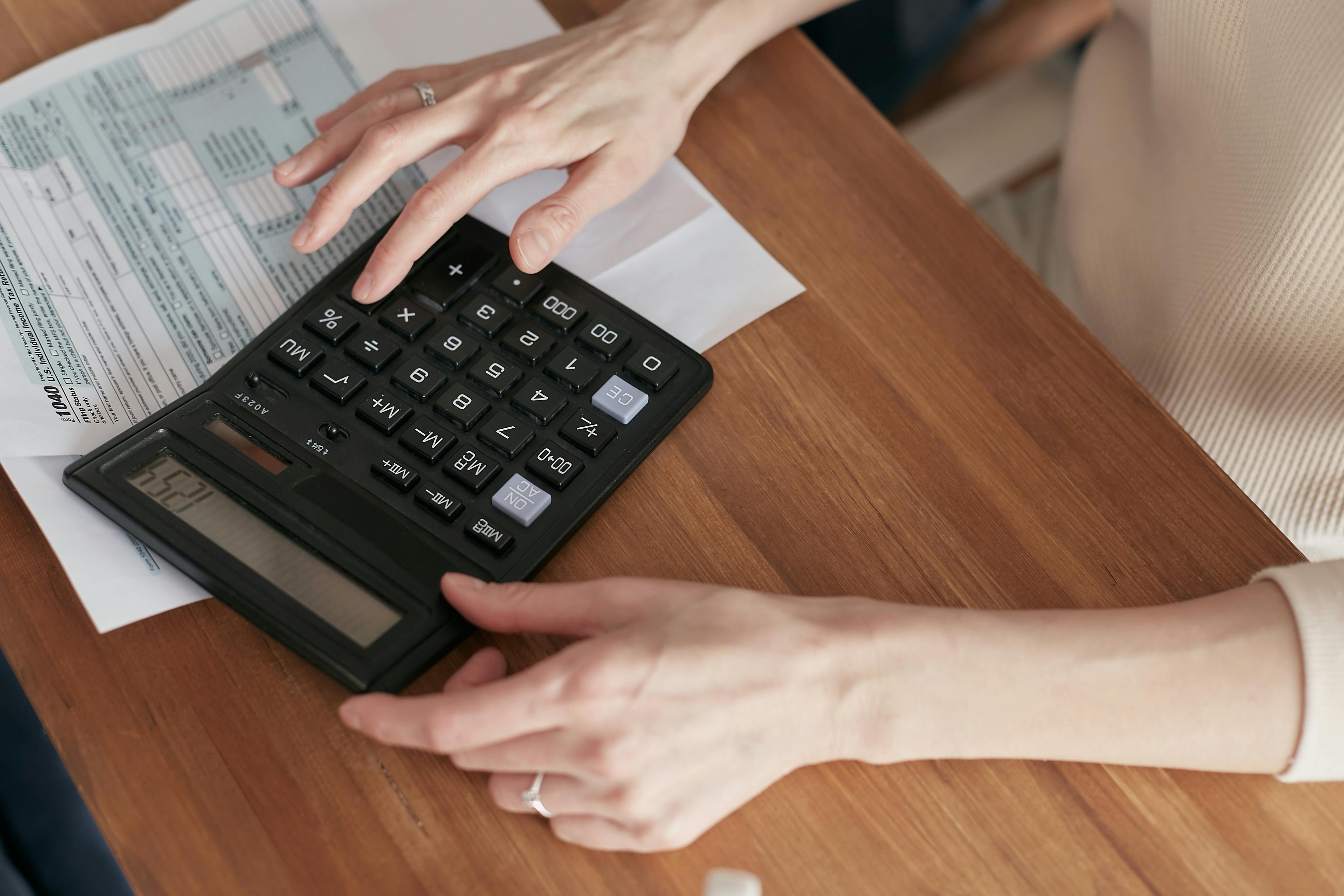
Cut Utility Costs While Running A Profitable Home Business
Juggling household expenses alongside building your business calls for practical solutions and steady habits. Keeping energy bills low doesn’t have to mean cutting back on comfort or efficiency. When you take a closer look at how you use electricity and heating, you can spot opportunities for savings that fit seamlessly into your daily routine. Simple changes—like adjusting thermostat settings, unplugging unused devices, or choosing energy-efficient lighting—can make a significant difference over time. With a few thoughtful adjustments, you can maintain a comfortable and productive home office while keeping utility costs under control. Here are some easy ways to keep your bills manageable as you grow your venture.
Understanding Your Current Utility Costs
Start by gathering the past six months of utility statements. Look for spikes in electricity, water, or gas use and note which billing cycle had the highest totals. This comparison reveals seasonal highs and highlights months when your business operations require more resources.
Next, chart your monthly costs alongside your work schedule. Find days when you increase production or host online workshops. That connection helps identify specific activities that cause higher consumption. With these insights, you can set clear goals to reduce use without hampering your workflow.
Simple Strategies to Lower Energy Bills
- Seal windows and doors: Apply weather stripping around frames to block drafts and keep a stable indoor temperature.
- Switch to LED bulbs: These lights run cooler and use up to 80% less power than incandescent bulbs, saving money on lighting and air-conditioning.
- Unplug unused gadgets: Chargers, printers, and coffee makers draw phantom power. Connect them to a smart power strip that cuts power when devices sit idle.
- Optimize thermostat settings: Program your thermostat to lower temperatures at night or when you run errands. Even a 2°C adjustment can significantly cut costs.
- Wash smartly: Run full loads on cold-water settings and air-dry laundry when weather permits. That simple change reduces both water heating and dryer use.
Each of these tactics involves little to no upfront investment but delivers consistent results on your utility bill. Try adding one new tip each week until you develop a routine that feels effortless.
Optimizing Home Office Energy Use
Position your workspace near natural light to reduce reliance on artificial lighting. During the day, depend more on sunshine than overhead lamps. That saves power and boosts your mood during long work stretches.
Choose an energy-efficient computer or laptop certified by *Energy Star*. Close unused browser tabs and applications to minimize CPU usage. You can also dim your monitor brightness or use power-saving modes when switching between tasks.
Budgeting and Tracking Expenses
- Set a monthly energy spending limit: Review past bills to determine an average cost, then aim to cut a specific percentage. This goal keeps you motivated to find savings.
- Create a utility log: Record daily or weekly meter readings. A simple spreadsheet helps you identify usage spikes and evaluate the impact of recent changes.
- Set aside time for review: At the end of each month, compare your actual spending against your limit. Celebrate small wins, then find one area to improve in the next cycle.
- Plan seasonal adjustments: Summer and winter bring different challenges. Adjust heating, cooling, and water usage goals accordingly to avoid surprises on your bill.
Tracking expenses builds accountability and makes saving energy a friendly challenge. You can also share progress with a community of peers online for extra motivation.
Implementing Smart Home Technology
Install smart thermostats that learn your routine and adjust temperature settings automatically. *Nest* and *Ecobee* offer models that connect to your smartphone, so you can change settings no matter where you go. That level of control prevents wasted energy when you forget to turn off the heat or AC.
Consider smart plugs that monitor device-specific energy use. They generate reports showing which items consume the most power. With these insights, you can schedule devices to shut off during low-use hours or switch to manual operation for low-priority gadgets.
By carefully evaluating your consumption, adopting simple efficiency measures, and tracking your progress, you will find a balance between running your enterprise and keeping energy costs low. Small changes across lighting, temperature control, and appliance use add up quickly. Start applying these tips today and watch your savings grow—your bottom line will thank you.
By making smart choices, you can keep your home-based business comfortable and environmentally friendly without raising utility costs. Take control of your energy use and enjoy lower bills.